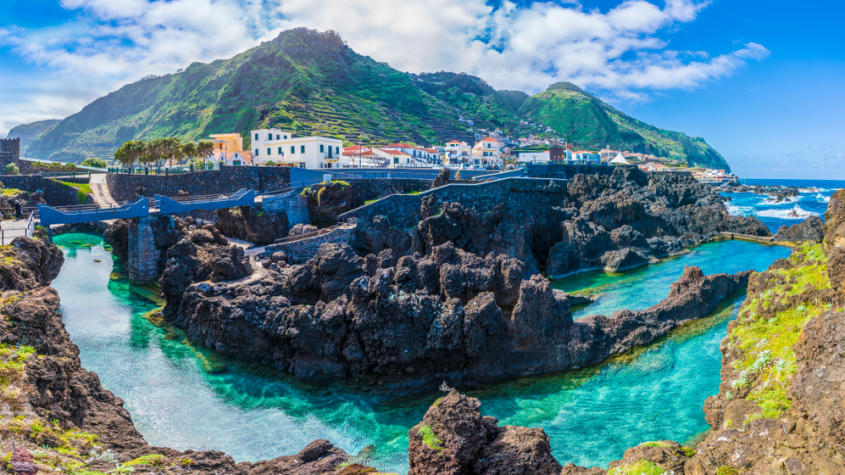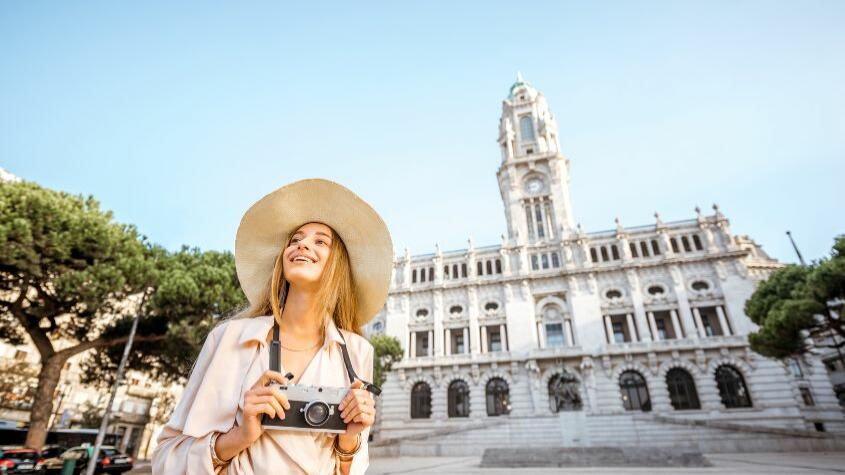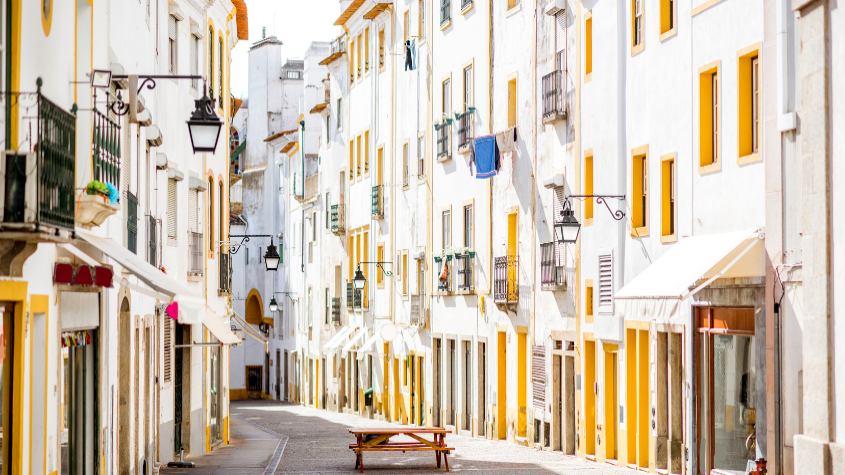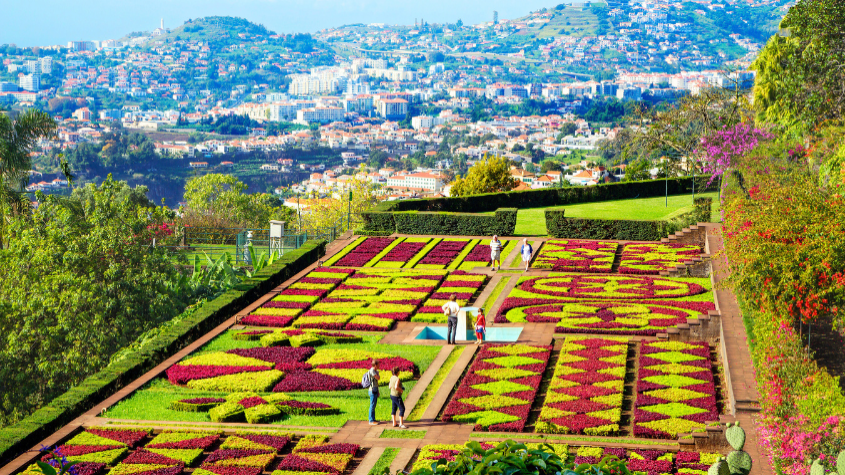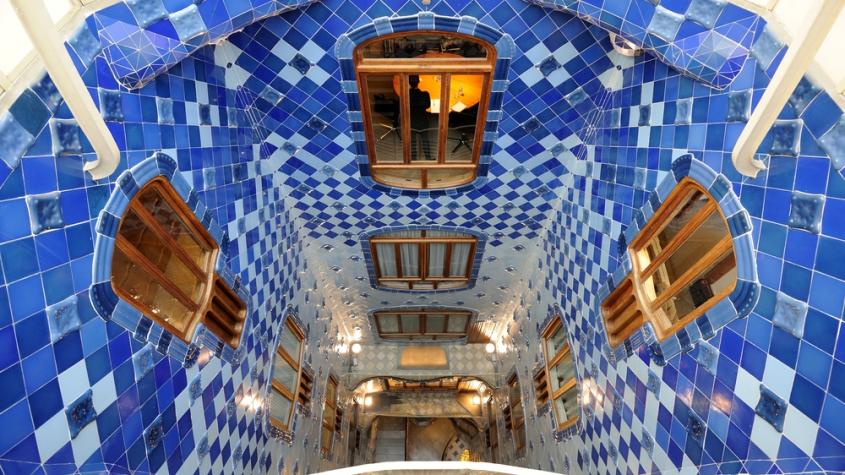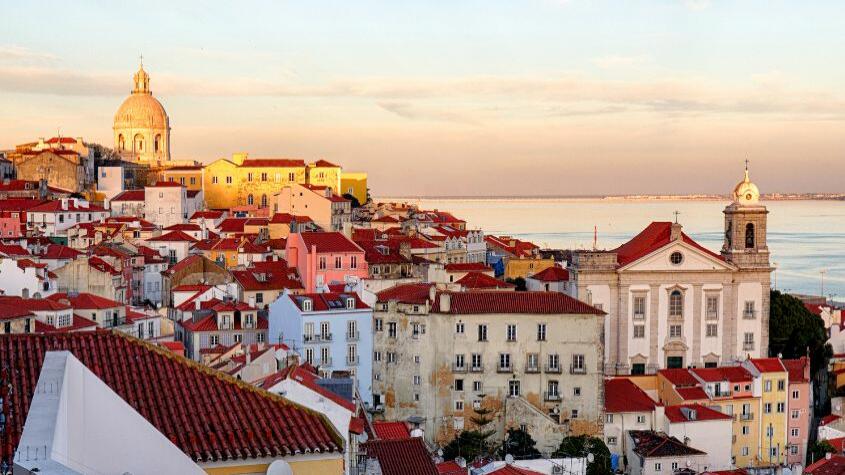
What to visit in Lisbon in 2 days
1st Day
Lisbon Historic Center – Baixa and Chiado
Lisbon Capital of Portugal, a combination of culture, color and food.
Characterized by a lot of history on every corner: birthplace of Fado, the rush of trams that connect the 7 hills, it's fantastic viewpoints, a bohemian nightlife, from pastel de nata (portuguese custard tart) to ginjinha (cherry liquor) and its people proudly known as alfacinhas (lettuce eaters).
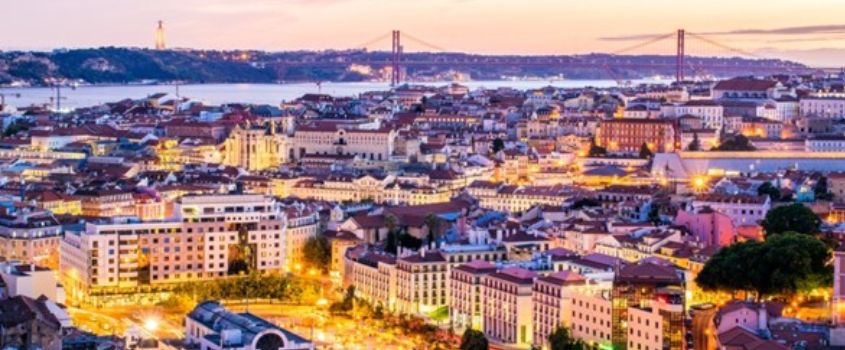
Main Attractions, Squares, Cafes and Monuments in a stroll
Morning - Attractions
Figueira Square/ Confeitaria Nacional (National Candy Store)
São Domingos Church
A Ginjinha (Liquor) – Traditional Store
Rossio Square / National Theather D. Maria II
On this visit we will walk through two of Lisbon's main quarters: Baixa Pombalina and Chiado. Baixa Pombalina, completely destroyed by the 1755 earthquake, was rebuilt by geometrically aligning magnificent squares and flat streets that extend from the banks of the Tagus River to Liberdade Avenue.
We start the visit at Praça da Figueira, characterized by its buildings covered with tiles, which house cafes, shops and terraces, including the Confeitaria Nacional 1829, one of the most beautiful cake shops in Europe, having been a supplier to the Portuguese Royal Court. It is in this square that the tram line starts to Belém - line 15E.
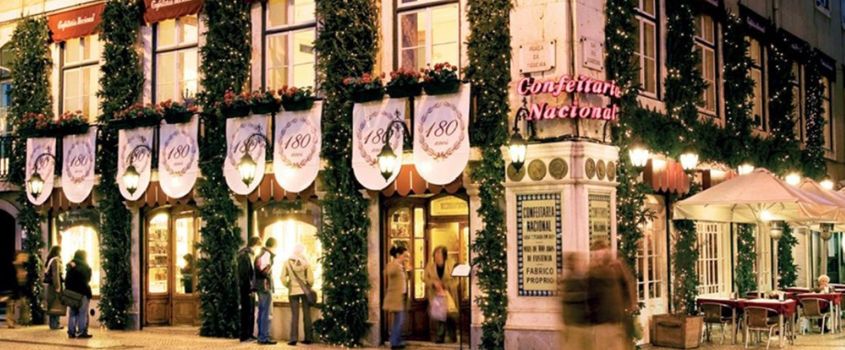
We follow by the opposite street, Dom Antão de Almeida street, and we arrive at São Domingos Church of the 13th century, survivor of two major catastrophes, earthquake of 1755 and a great fire in 1954, being still possible to see the traces in the interior. Admission is free and worth visiting.
In this Largo de São Domingos, you will find A Ginjinha: a tavern dating from the year 1840, where you can taste the famous cherry liqueur: ginjinha.
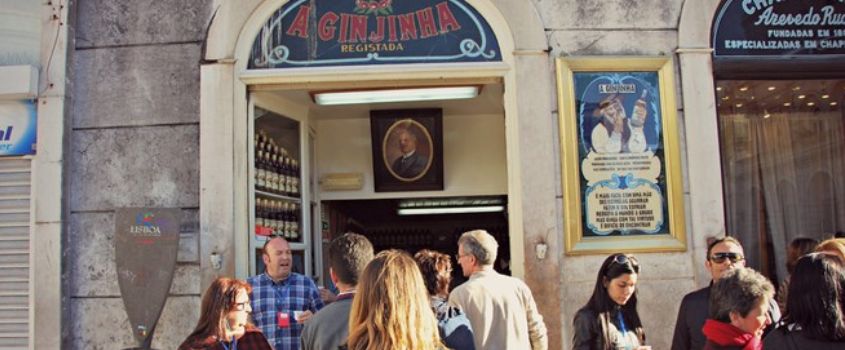
We arrived at Rossio square, or Dom Pedro IV square, characterized by the design of the Portuguese sidewalk (calçada portuguesa) that was reproduced in several places in Portugal, including in the former colonies, such as Rio de Janeiro and Macau. Here you can also find one of the main national theaters: the National Theater D. Maria II, from 1846.
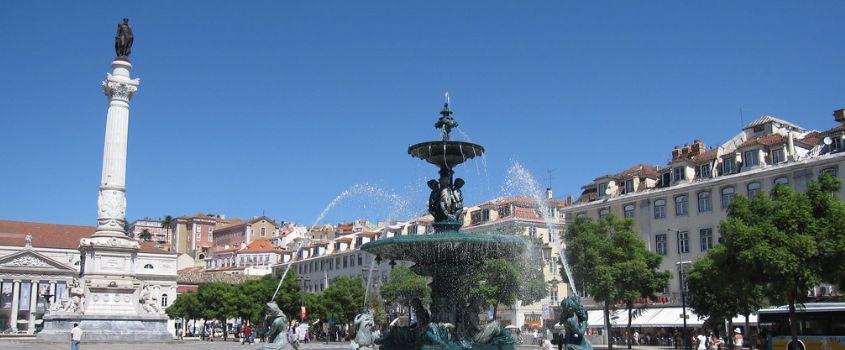
Following the D. Maria II Theater we find the Rossio Railway-station known for its surprising facade in Neo-Manueline style and one of the most beautiful in the world. Trains leave from this railway- station to Sintra.
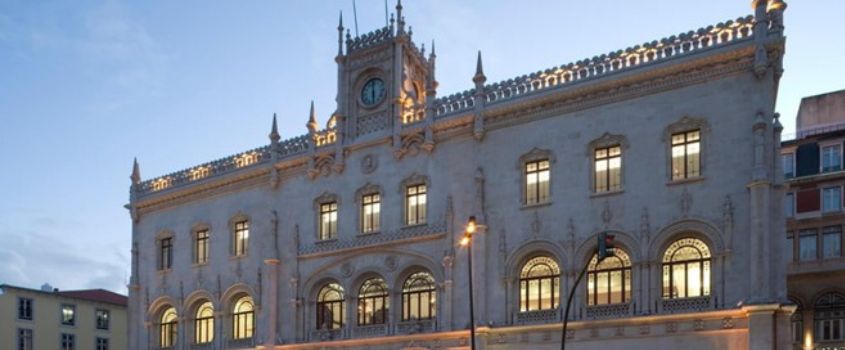
We continue to walk until Largo do Carmo. We can follow two different paths: by Calçada do Carmo, or by the steps of Calçada do Duque. Both head towards Largo do Carmo, the main stage of the April 25th Revolution and where the Convento do Carmo is located, an impressive testimony to the violence of the 1755 earthquake.
In the center of the square we find the Chafariz do Carmo (1771) and between the Convento do Carmo and the Valadares Palace, stands the access gate to the Santa Justa Elevator, which connects Largo do Carmo to Baixa Pombalina. This is the perfect place to get the best photos from the top of the Santa Justa Elevator without having to wait for long lines and pay to take the elevator.
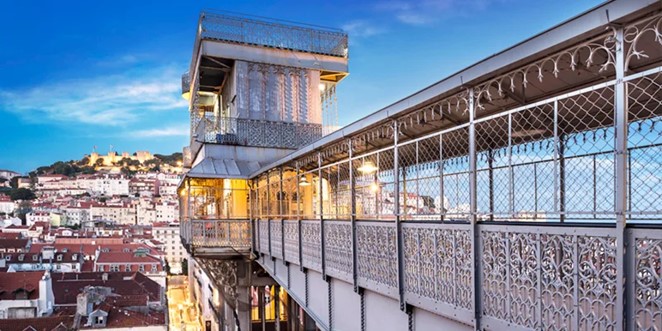
The Chiado neighborhood is located next door, following Travessa do Carmo and Serpa Pinto. Meeting point for Lisbon residents is the neighborhood of theaters, historic cafés, old bookstores or prestigious branded stores that give us a lively and cosmopolitan atmosphere. Do not miss the opportunity to take a photo with the famous bronze statue of the writer Fernando Pessoa right in front of the historic pastry shop «A Brasileira», or to take a look at the secular «Bertrand» bookstore, distinguished by Guinness World Records as the oldest open bookshop in the world.
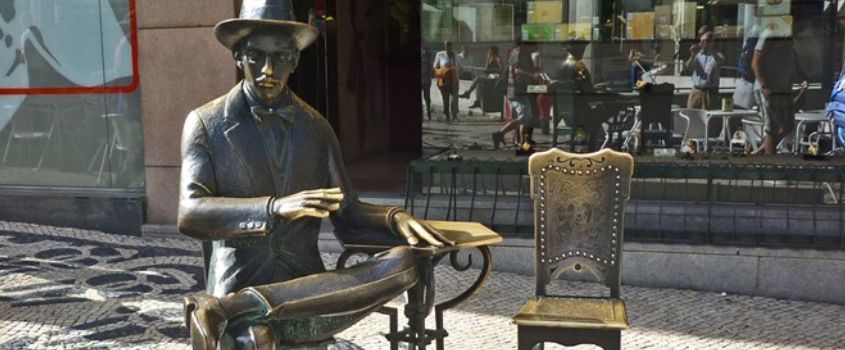
At the top of Garrett street we arrive at Praça Luís de Camões. From 1867, like the statue of Luís de Camões in the center, it was created in honor of the poet of ‘‘ Os Lusíadas ’’ book and with the aim of extolling Portuguese patriotism. The location of the square is a transition point between Chiado and Bairro Alto, an old picturesque neighborhood from the 16th century, with narrow cobbled streets, secular houses, small traditional shops, restaurants and nightlife.
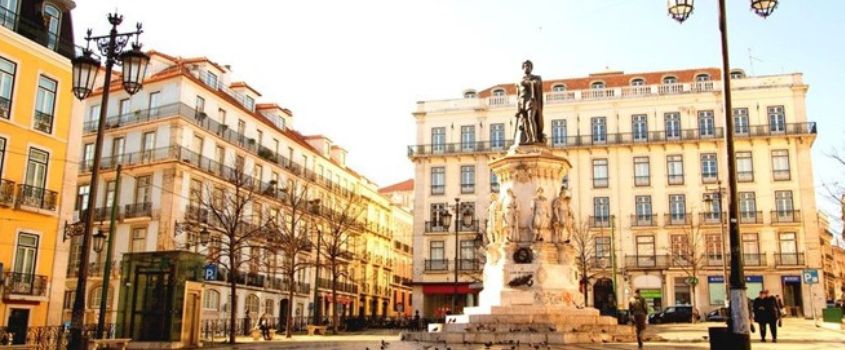
Do not miss a visit to the Santa Catarina Viewpoint also known as Adamastor Viewpoint, perfect place to enjoy an excellent view over the city of Lisbon and the Tagus river. In addition to being sought by tourists, it is the meeting point for young people and street entertainers. At night, you can contemplate the mirroring of the lights on the river and feel the smell of Lisbon night.
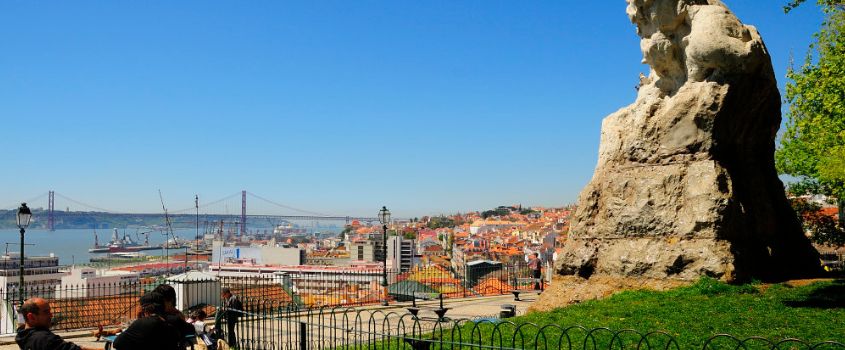
Returning to Camões square and going down Serpa Pinto street towards the river, we pass by Belcanto Restaurant (1958), distinguished with two Michelin stars, currently occupying the 42nd position in the list “The World’s 50 Best Restaurants”. We are close to the São Carlos National Theater and right in front of the theater, the house where the writer Fernando Pessoa was born.
Going down Capelo street to the left on Ivens street, we return to Garrett street. At the end of this street we find the Armazéns do Chiado shopping mall. The current building is the result of the rehabilitation of the Grandes Armazéns do Chiado (Grand Warehouses of Chiado), destroyed by the great Chiado Fire of 1988.
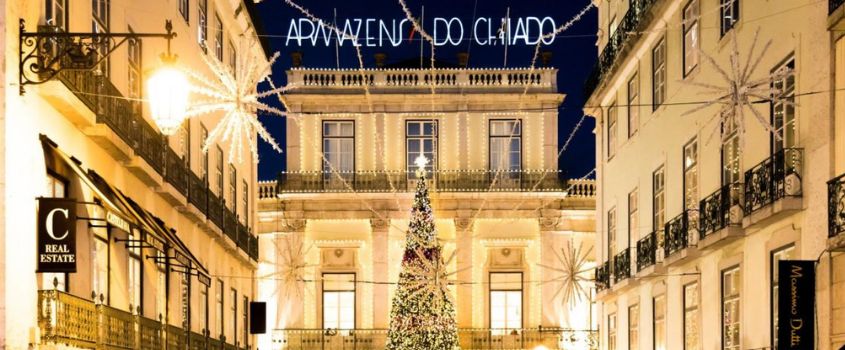
Here we can cross the Mall and get out on the other side. By going down the elevator or bypassing the building on the left side, we will be next to Santa Justa Elevator again. Moving on along Santa Justa street we will cross Ouro street, Sapateiros street, arriving at the famous Augusta street. Closed to traffic since the 1980s, it begins at the imposing triumphal arch, connecting Comércio square to Rossio square and pays homage to the August figure of the King D. José I (Joseph I).
Finally, we arrive at the impressive Comércio square, the old Terreiro do Paço (Palace Square). Once the site of the palace of the Portuguese kings (for about two centuries), it is now partially occupied by some government departments. It is the gateway to the city and where commerce once took place. You can see the Augusta street Arch that connects the busy Augusta street, full of restaurants and shops, to Comércio square. You can visit the Arch and admire the view over the Tagus River, the entire downtown area and the surrounding hills.
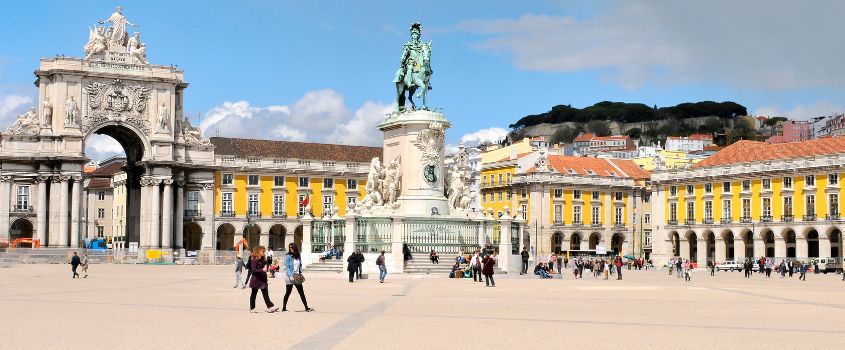
When lunch time arrives, here, there is no shortage of options, leaving the suggestion to visit the oldest restaurant in the city: Martinho da Arcada (1782). It is a great place for lunch, because despite being sought after by tourists it is very frequented by the inhabitants and has not suffered the increase in prices of tourist places.
A suggestion for the afternoon is the visit to the Alfama Neighborhood and São Jorge Castle, with excellent viewpoints and lots of history in the Fado neighborhood. A walk through Belém, where you can find some of the most famous monuments to see and visit such as the Jerónimos Monastery, the Monument to the Discoveries and the Belém Tower. And if you are hungry you can still try the delicious and typical Belém pastry.
For a different experience you can opt for an aerial view of Lisbon on a Helicopter tour .
There are also many options for tours in Lisbon with a guide, for visits with more information, details and curiosities.
2nd Day
For the 2nd day we recommend visits or excursions to places and places of interest, in the surroundings or a few hours from Lisbon.
Around Lisbon:
- Sintra, Cascais, Cabo da Roca and Estoril
Considered by many to be the most romantic place in Portugal, Sintra is a magical place, full of castles, palaces and exuberant nature. You can take an excursion from Lisbon to visit Sintra and also Cascais, Cabo da Roca and Estoril.
.jpg)
- Fátima, Nazaré, Óbidos and Batalha
If you want to visit the Center of Portugal then a day tour to Fátima, Nazaré, Óbidos and Batalha can be an excellent idea. There are four emblematic places, of the best you can visit in Portugal. And you can know them all in 1 day.
.jpg)
- Serra da Arrábida Wine Tour
To the south of Lisbon you can also visit the Serra and Natural Park of Arrábida, on the Setubal Peninsula. Known for its natural beauty, protected species of animals and flora, typical villages like Sesimbra and a zone that produces quality wines. An excursion to Arrabida with wine tasting may be the ideal program for the second day.
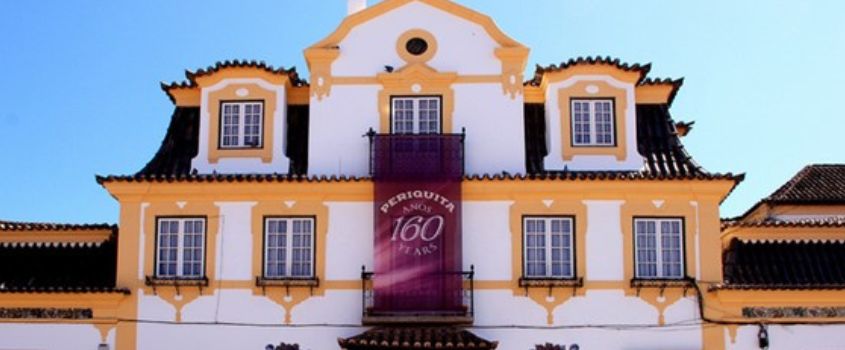
I hope you enjoyed our itinerary in the city of Lisbon.
As you can see the possibilities in Lisbon are many, the challenge is to choose.
See also what to see and visit in Porto in 2 days.
Did you like it?
Average votes: 4.36 of 5
Go Back to the Blog







